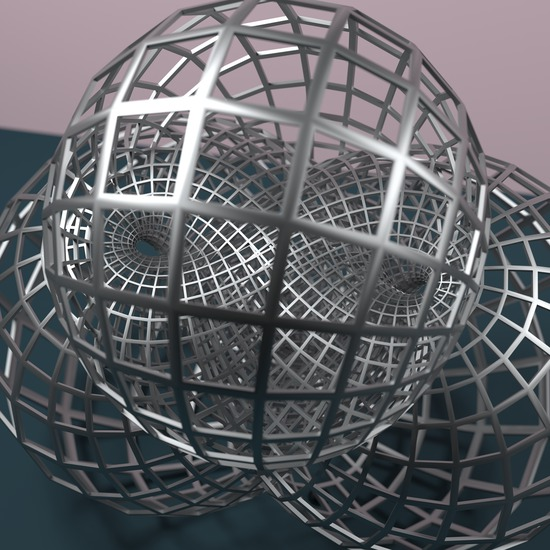"Cellular sheaves of lattices & the Tarski Laplacian"
with @hansmriess
arxiv.org/abs/2007.04099
1/
they are wonderful mathematical entities.
2/
these are all glued together by a network of linear transformations, respecting the base structure (cf., the adjacency matrix of the network)
3/
4/
you can set up a "heat equation" and harmonic-flow your way to cohomology.
that's useful in, e.g., opinion dynamics.
5/
the present challenge: redo this, but for sheaves whose data types are not vector spaces, but *lattices*...
(think: lattices of subsets of a set under intersection/union, or Boolean algebras, e.g.)
6/
you have a global section functor (H^0), but no higher sheaf cohomology, alas.
7/
we define a Laplacian -- an endomorphism on 0-cochains (data distributions over vertices).
we argue that it "works" like a Laplcian should.
then we try to do harmonic flow.
8/
the fixed point set of this map is the harmonic distributions (locally constant).
9/
10/
11/
12/
and the fixed point set of (I-L) is a complete quasi-sublattice of the higher cochain space.
so...
let's call this the *Tarski cohomology*
13/
14/
in fact, there are a few alternatives one could propose.
the paper explores that a bit, with comparisons.
15/
(perhaps not in that order though)
16/
well...
there are reasons and then there are hopes.
i'd rather not say too much yet.
but any time you can take the tools of homological data analysis and extend them to more general data types, that's a good sign of things to come.
17/
18/



